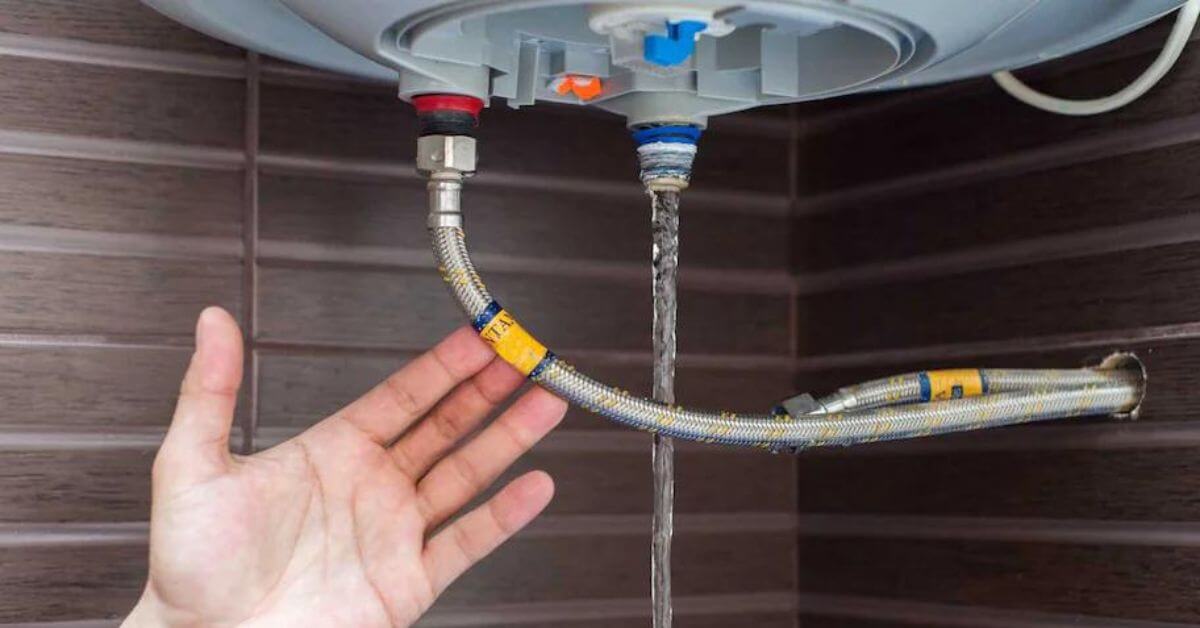
Water heaters make our daily activities comfortable, providing a stable and continual hot water supply. Before winter sets in, a water heater is the first thing homeowners should check to avoid inconvenience later. However, most homeowners care less about the maintenance of their home appliances and regret it later. Water heaters require proper maintenance to prevent problems such as leaks, flooding, rusting, and expensive repairs, to name a few. Before temperatures drop, consulting with expert plumbers in Sacramento is the best way to avoid problems.
When it comes to maintaining water heaters, draining and flushing create confusion.
Importance of Water Heater Draining
Before diving into the subject, let’s ponder the importance of draining your water heater. Over time, your water heater develops sediment buildup at the bottom. This commonly happens in an area of hard water. Hard water contains high mineral content like calcium and magnesium that accumulates in the water heater tank. Consequently, your water heater can malfunction and clog up, leading to damage, such as leaks or drain valve blockage, that can reduce the water heater’s lifespan, causing unnecessary expenses. Additionally, a damaged water heater leads to an increased utility bill. It also reduces the capacity of your water heater.
Therefore, draining your water heater is necessary for smooth functioning and longevity. If you suspect problems, wait no more to call the licensed plumbers in San Jose because timely action can save you a few bucks. Attempting to fix the problem using a DIY approach can ruin the water heater leading to expensive repairs. Let the experts handle the issue and provide the best solution.
How Often Should You Drain or Flush Your Water Heater?
Generally, experts suggest water heater draining every six months or once a year to prevent sediment and mineral buildup from damaging the appliance or reducing its lifespan. Remember to check your manufacturer manual for reference. Water heater draining takes around an hour to complete.
Areas with hard water may have to drain the water heater more often because of frequent or speedy sediment or mineral buildup. But households in these areas may have water softeners installed that may slow down the process. The crux of the situation is scheduling regular inspections by the local plumber in San Jose. Experts will check the system using appropriate equipment to ensure smooth functioning.
If you are looking for water heater installation, consulting with an expert in water heater installation in San Jose can help. Don’t attempt to install it yourself if you do not know, as it can be dangerous.
Maintenance Tips
- Regular inspection
- Flush regularly (monthly or yearly)
- Check the temperature pressure relief valve
- Replace the air intake filter
- Insulate water tank
Thomas Bennett
Related posts
Stay connected
Today's pick
- Safety Essentials Every CNC Operator Should Follow DailyCNC machining demands precision, consistency, and discipline—but above all, it requires strict attention to safety. Whether you’re working with mills, lathes, routers, or grinders, every machine has the potential to cause serious injury if mishandled. That’s why CNC operators must follow safety protocols daily, no... The post Safety Essentials Every CNC Operator Should Follow Daily […]
